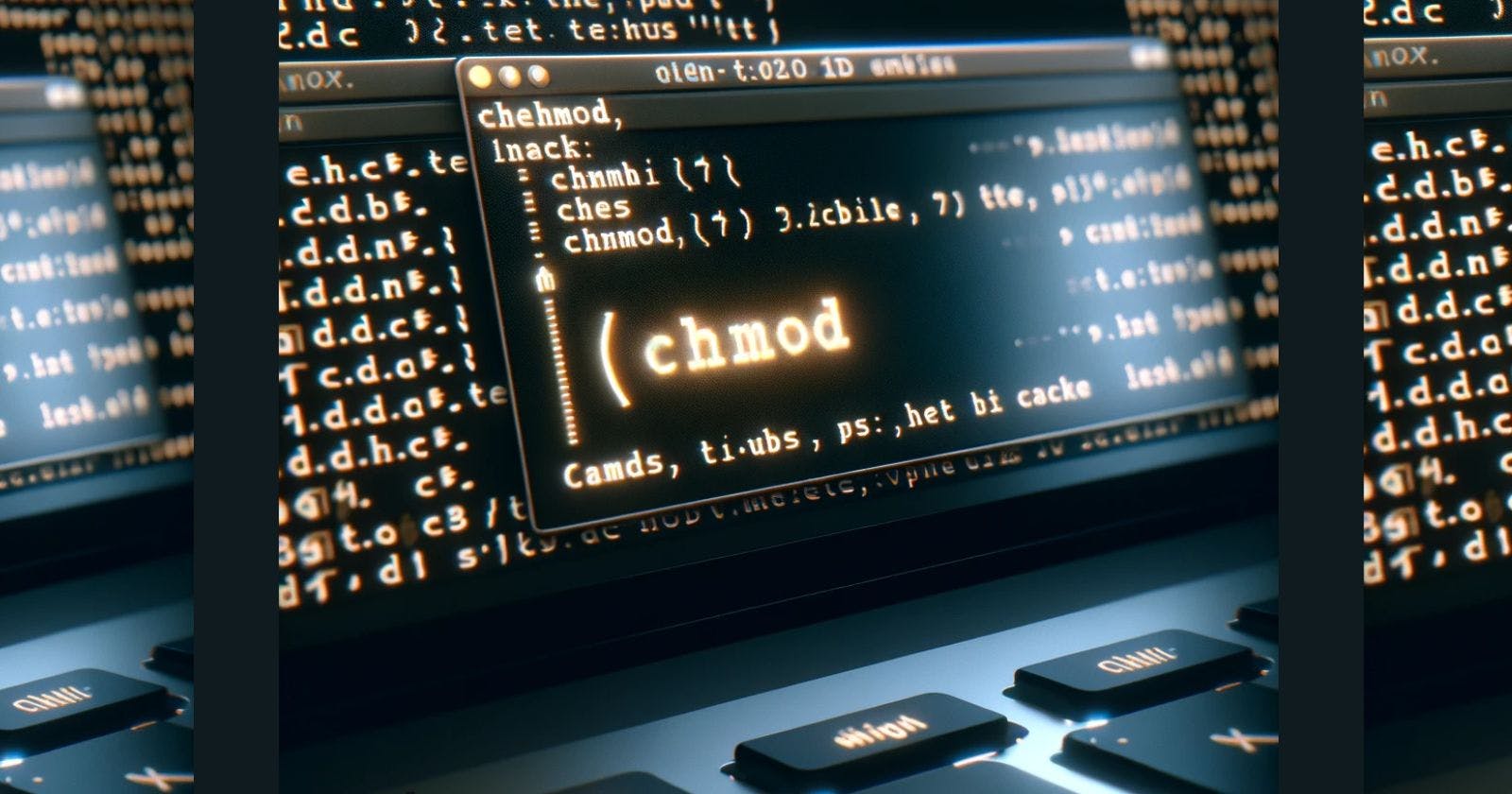As a regular Linux user, you may have come across mysterious strings of letters and symbols when looking at file permissions. These represent the access rights set for files and folders using the chmod command. Knowing how to use chmod is key to controlling access in Linux.
This guide will clarify exactly what it does so you can apply it confidently.
What Does the Chmod Command Do?
In essence, chmod allows you to set permissions or access rights for files and folders by changing their mode. It gives you granular control - you can set specific permissions not just for yourself, but for different types of users.
The most common scenarios when you'd use chmod are:
Restricting access to sensitive files so only certain users or groups can access them
Allowing collaborators to edit shared files
Preventing accidental file deletion or overwriting
Making scripts executable
Understanding modes is central to using chmod effectively.
Breaking Down Linux File Modes
Linux divides file permissions into three categories, each with three possible permissions:
Owner: The file owner - usually the user that created it
Group: Members of the file's group
Other: All other system users
The basic permissions that can be set are:
Read (r): View file contents
Write (w): Edit, delete, or overwrite file
Execute (x): Run file as a program
These permissions can be set or revoked separately for the owner, group, and others.
So when you look at a file listing like:
-rwxrwxrwx
This tells you:
Owner has rwx (read, write, execute) rights
Group members have rwx rights
All other users have rwx rights
Understanding the modes is key to wielding the chmod command.
How to Use Chmod to Change Modes
The chmod command itself looks like this:
chmod [permissions] [file/folder]
[permissions] is where you specify the exact permissions you want to set. This uses a shorthand notation with the following format:
[ugoa]{+|=|-}[rwx]
Breaking this down:
u, g, o, a stands for user (owner), group, others, all
+ adds permission
- revokes permission
\= makes permission explicit (and revokes unspecified ones)
r, w, x stands for read, write, execute
Some examples of how to use this:
chmod go-wx report.pdf- Removes write and execute rights from the group and other users for report.pdfchmod 644 file.txt- Sets file.txt to owner read/write, group read, others read
The numerals like 644 are a shorthand way of specifying modes - each digit sets the permissions for owner, group, and other.
Once you get the hang of the notation, chmod becomes second nature. But for now, references like this chmod commander may help.
Why Are File Permissions Important?
Having granular control over file access is crucial for security and avoiding issues down the line.
Here are some examples:
Set sensitive files like password configs to owner read-write only, preventing others from accessing them
Remove write access to application files to guard against malware or ransomware making changes
Revoke group execute permissions from scripts before sharing a folder publicly to prevent unintended consequences
Locked-down permissions can prevent easy-to-make mistakes:
Accidentally deleting files and backups as an everyday user
Changing application files as a developer, affecting production systems
Taking the time to properly control permissions will save you headaches.
Chmod Clears Up Linux File Access Confusion
Learning chmod may feel intimidating as a new Linux user. But once the concepts click, you'll feel empowered to manage file permissions rather than just deal with what you're given.
Start by using chmod for simple tasks like making scripts executable or restricting access to test files. As you get comfortable, build the habit of considering permissions as part of your workflow.
Commanding chmod may soon become second nature. And you'll no longer feel confused when encountering symbolic permission codes!
Hopefully, this gives you confidence to wield chmod for granting fine-grained Linux file access. While it takes some effort to learn, that investment will pay dividends down the line.

